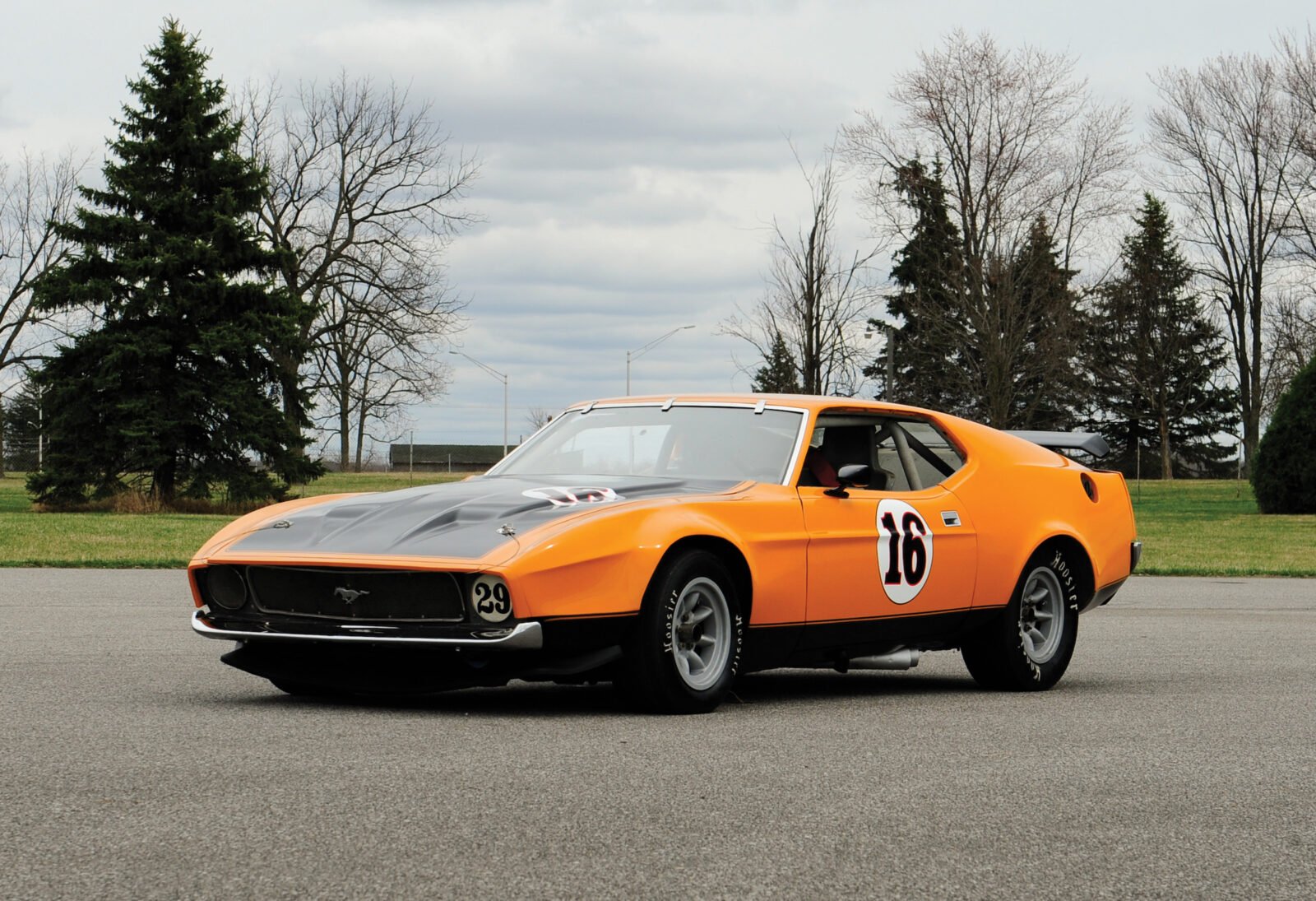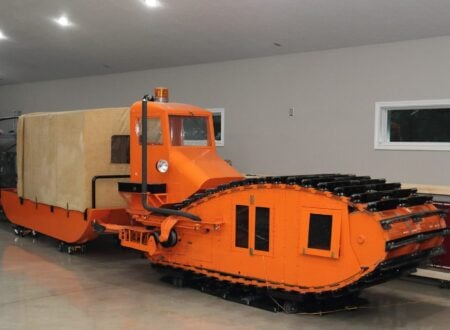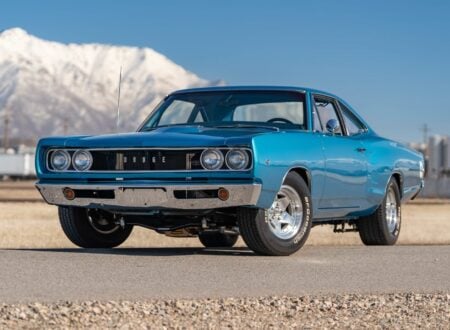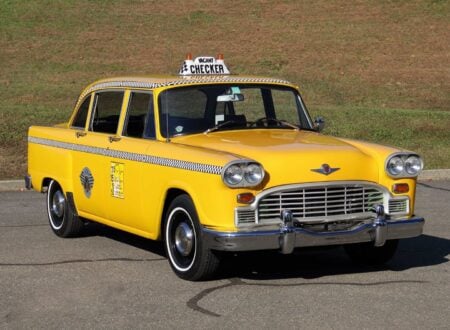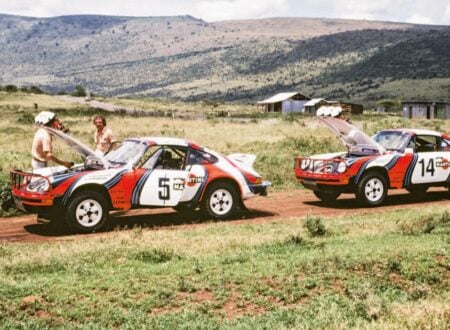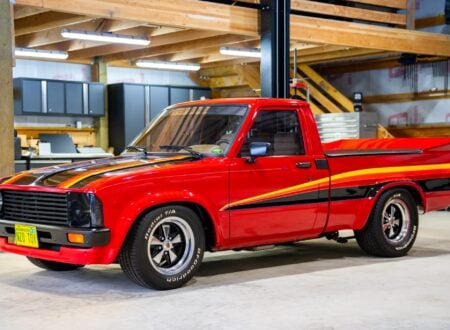This 1973 Ford Mustang was built to race in the Trans Am series, with a heavy duty tubular frame developed by the Le Mans-winning Ford GT40 veterans at Kar Kraft, a highly modified Windsor 351 V8 built by Jack Roush, a close-ratio 4-speed transmission with a Hurst shifter, and a 4.11:1 locked differential.
From a historic perspective this car is quite significant, it’s one of the very last chassis Kar Kraft designed prior to Ford terminating their factory-supported racing program.
Kar Kraft – Ford’s Unofficial Skunkworks Division
Although Kar Kraft was technically an independent company, they were essentially a de facto Ford racing division. When Ford’s plan to buy Ferrari fell apart at the last minute they decided to take the fight to the Maranello racing and sports car manufacturer by challenging them at the most important race in Europe – the 24 Hours of Le Mans.
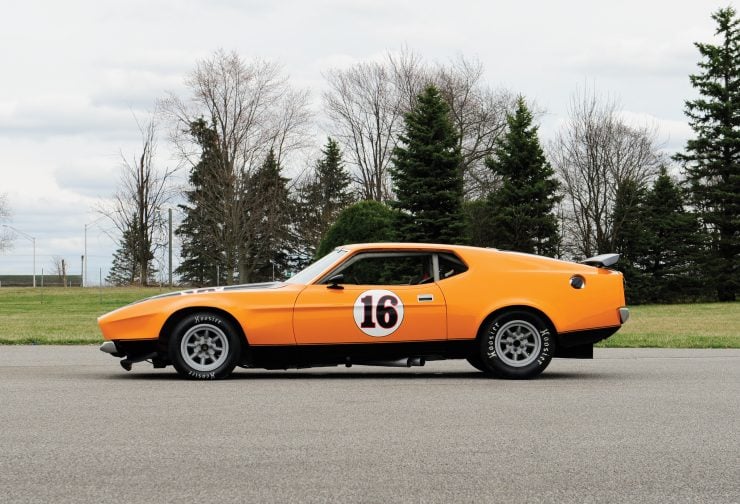
Ford didn’t have a suitable car for this endeavour so they went to Britain – one of the world’s leading countries for the manufacturing of top flight racing cars, both then and now. In England they spoke to Colin Chapman of Lotus and Eric Broadley of Lola. Chapman was suggesting a modified version of the Lotus Europa and Broadley came forward with his then-new Lola Mk6.
The Mk6 would be chosen, and evolved into the car that would become the Ford GT40.
Once the ultimately very successful GT40 program was moved to the USA it was largely run by the team at Kar Kraft in Dearborn, who were also working on Ford’s efforts in Trans-Am, NASCAR, NHRA, and Can-Am racing. The company built the street versions of the Boss 429 Mustang, and they built prototypes including the LID Mustang, the Boss 302 Maverick, and the Mach 2C.
The Kar Kraft Ford Mustang Trans Am Cars
When Kar Kraft was suddenly shut down there were a number of partially completed prototypes in the workshop, including two cars that would become the vehicle you see here, and a sister car.
Both were returned to Ford from Kar Kraft and then sold on to private owners, both of whom would finish building the cars and then race them in-period. The sister car was sold to Warren Tope of Tope Racing who took it racing almost immediately, and this car was sold to Ed Hinchliff of Hinchliff Racing.
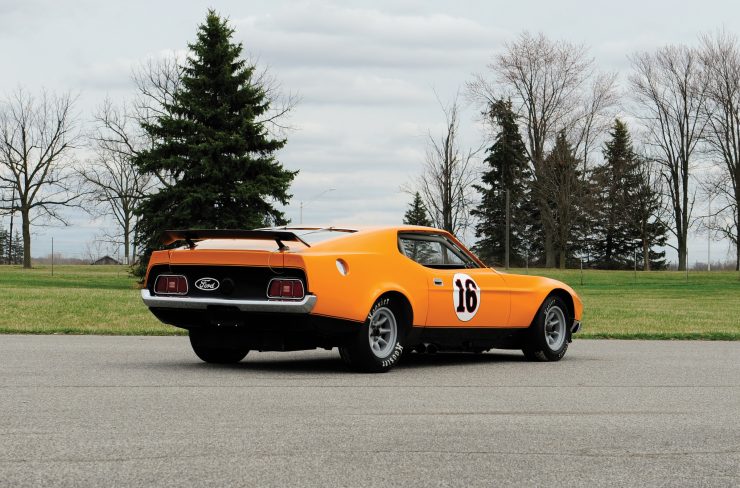
Hinchliff carefully built his car using factory parts and original Kar Kraft blueprints, not to mention the help of former Kar Kraft chassis engineers Lee Dykstra and Mitch Marchi.
The car uses a full steel frame developed by Kar Kraft with 1973 Ford Mustang bodywork and glass. The engine is a race-specification Windsor 351 V8 built by specialist Jack Roush, and the car has Girling four-piston aluminum brakes with large rotors, a rare factory Kar Kraft full floater rear axle with locker, a Ram Air intake system with a Holly NASCAR intake manifold, and a Jones tachometer.
In October of 1976 the car was registered under SCCA Identity No. 10-505 in the SCCA A Sedan category, the log book contains a number of race entries from the 1970s and early 1980s including races at Wakins Glen, Road America, Mont-Tremblant Molson Trans Am, Nelson Ledges Great Pumpkin, and Hallet Trans-Am.
In February of 1979 the car was registered under SCCA Identity No. 79-142 in the SCCA Trans Am Category I, the log book shows two entries for this year, with the car repainted in a traditional Ford blue and white livery.
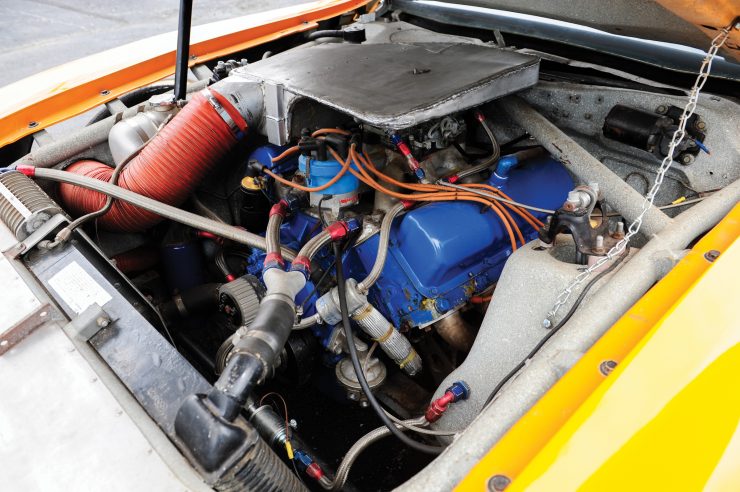
In the late 1980s owner George Boyd had the car repainted in the colors he thought the car would have been painted if it had been campaigned by Kar Kraft – school bus yellow with a black hood, rockers, and spoiler.
Included with the car are the original blueprints of chassis components, documentation from Ed Hinchliff from when he was building the car and racing it in period, and the racing log books associated with the car’s SCCA tag.
Today the car remains in original condition but it would need a thorough recommissioning before any racing was attempted. With the car’s unusual history and formidable performance abilities it would make a fascinating entry into suitable classic car motorsport events.
If you’d like to read more about the car or register to bid you can click here to view the listing on RM Sotheby’s.
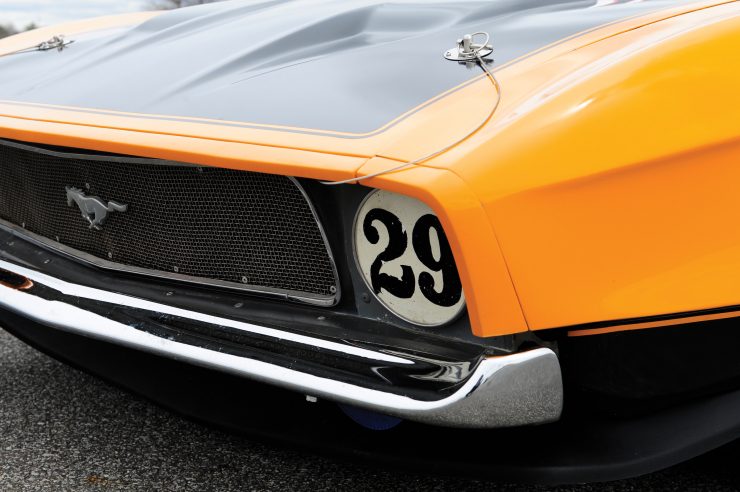
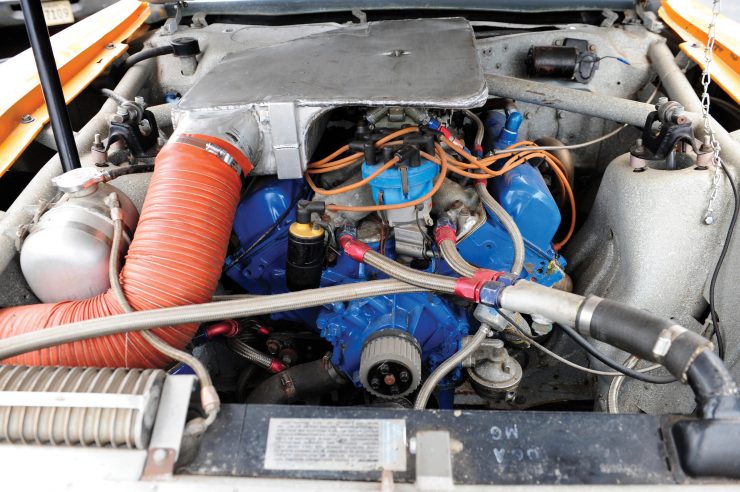
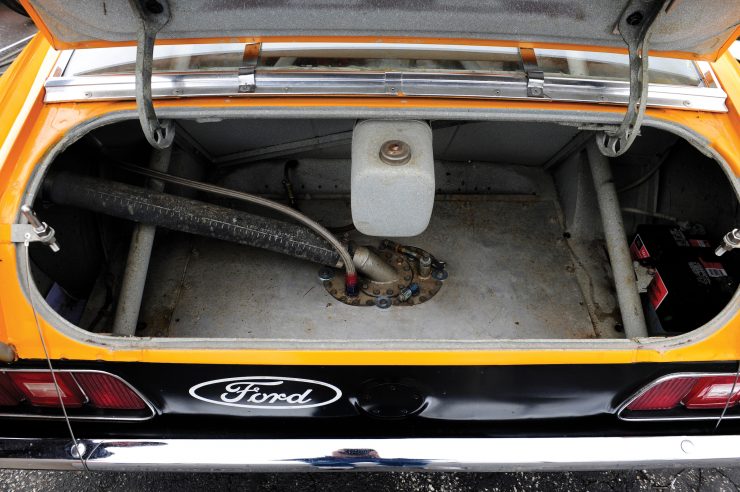

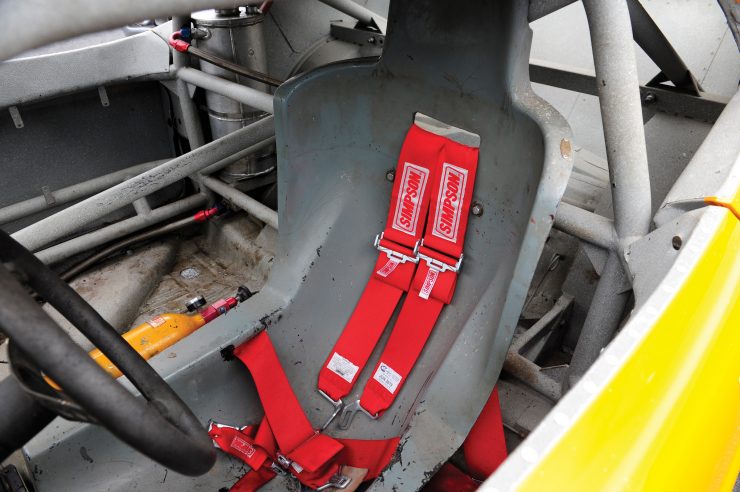
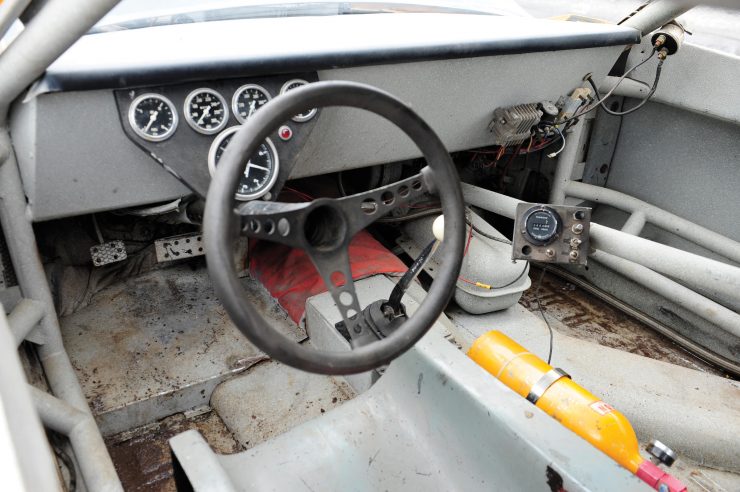
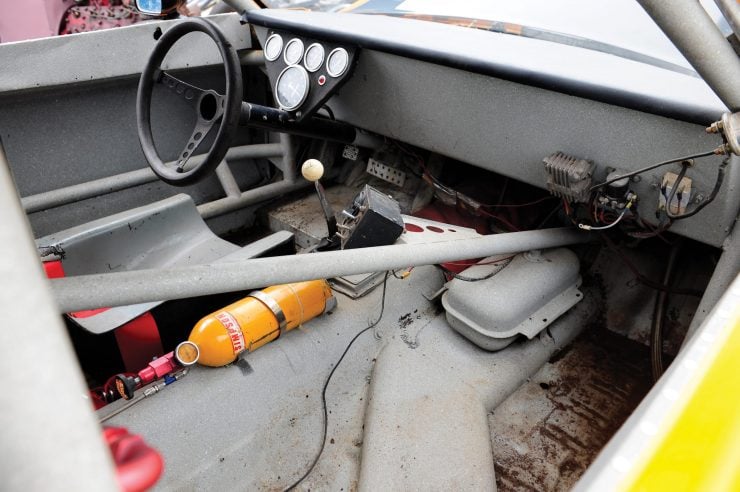
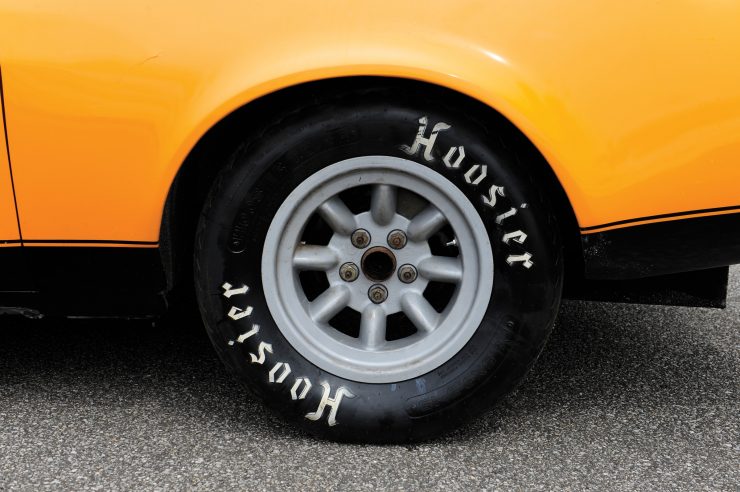
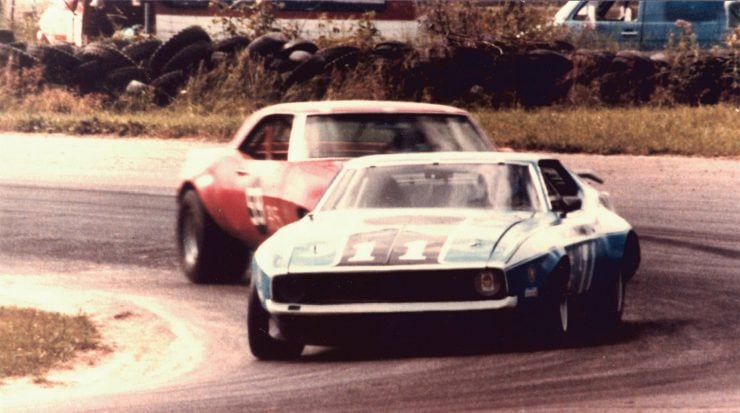
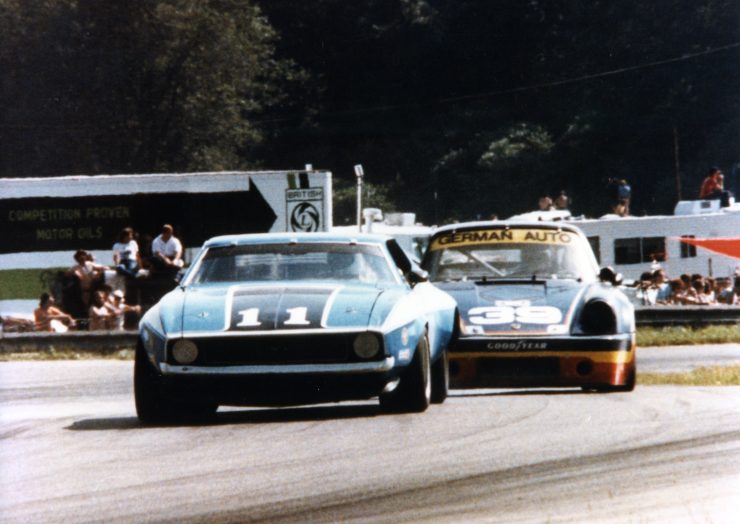
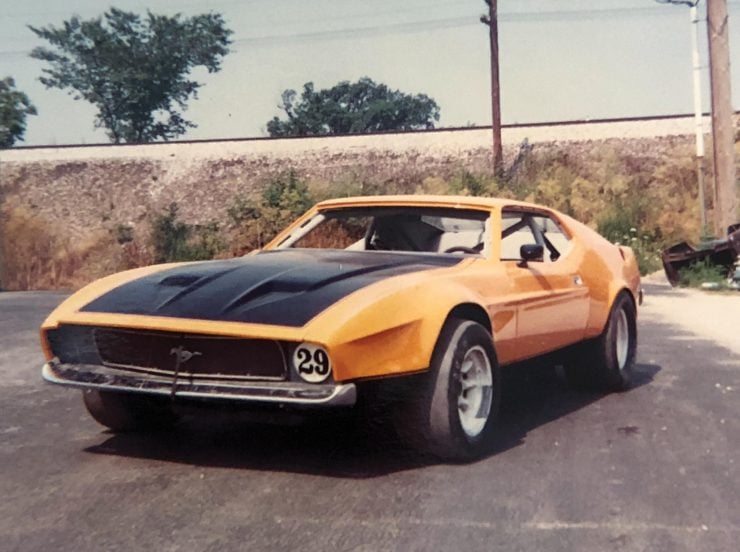
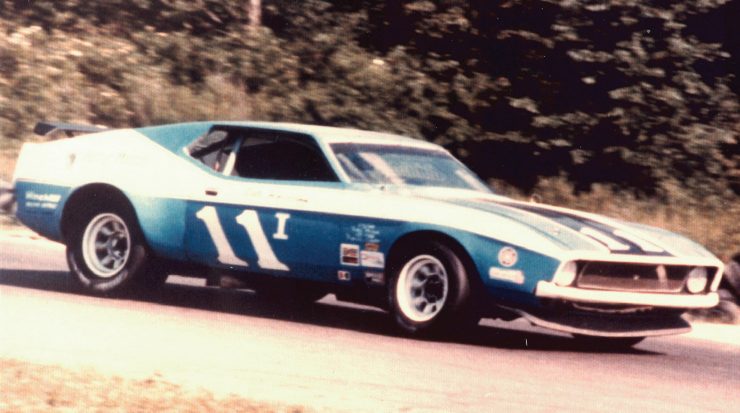
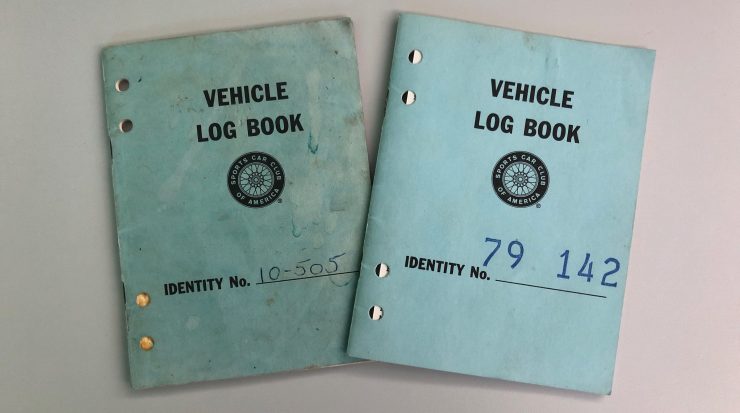
Images: Matt Lynch

Articles that Ben has written have been covered on CNN, Popular Mechanics, Smithsonian Magazine, Road & Track Magazine, the official Pinterest blog, the official eBay Motors blog, BuzzFeed, Autoweek Magazine, Wired Magazine, Autoblog, Gear Patrol, Jalopnik, The Verge, and many more.
Silodrome was founded by Ben back in 2010, in the years since the site has grown to become a world leader in the alternative and vintage motoring sector, with well over a million monthly readers from around the world and many hundreds of thousands of followers on social media.

